

Enhance Your Wine Experience
By Nick Lico / Photography by Mike Ferdinande
You’ve likely noticed a number of vintners use the term “Reserve” for some of their wines. And, you may have noticed that the selection of these is smaller with the price a little higher. As one might expect, “reserve” wines represent a cut above their counterparts.
Depending on where in the world wine was produced, having “reserve” on a label can have different meanings. “In many European countries “reserve,” “reserva” or “riserva” is a regulated term that wineries must follow, generally requiring additional aging both in the barrel and in the bottle before releasing to customers,” said Matt Dzwonik sommelier with Vince and Joe’s Gourmet Market. “In the Americas and Australia there is typically little in the way of regulation but (reserve) usually denotes a wine being produced at a higher quality than a winery’s base wine.”
Our writer, and new sommelier and chef Gabriella Baldwin agrees. “Reserve wines can be on the higher end of wine being offered from a vineyard. You might find more refined and robust flavor profiles in reserve wines,” said Baldwin.
So what about our local wines, does the wine making process and aging time matter?
“All of our wine is made using the same process,” said David Gagnon, winemaker and co-owner of Cellar 104 in Mount Clemens. His wines are made using grape juices from all over the world, all done under natural processing and fermentation onsite.
“The main difference is that our reserve wine is aged a minimum of 18 months longer than our Signature Collection, which is aged for at least 12 months. The result is our reserve wines deliver better and smoother taste.”
“Our Montepulciano is an excellent, interesting wine. I like to say that it tells a whole story because its flavor has a beginning, a middle and an end,” continued Gagnon. He also highly recommends a Nebbiolo from the Piedmont region, describing it as having more tannins and a deeper character.
“Our Braganini Reserve wine portfolio is a more hands-on approach to winemaking. Most of these wines are small-batch, artisanal wines that are hand-harvested in the vineyard and finish fermentation in new French Oak barrels,” explained Nancie Oxley, winemaker at St. Julian Winery. Their stores are found throughout Michigan, including in Troy.
If you’re considering the Braganini Reserve wines, Oxley offers a number of choices. “Our Estate wines are fan favorites and include Mountain Road Riesling and Sauvignon Blanc for the whites and Cabernet Sauvignon and Pinot Noir for the reds,” she said.
Prices for reserve wines are commensurable with the extra effort that goes into its production. But price shouldn’t be why you choose a wine. “Don’t let price be your guide on any wine,” said Baldwin.
What’s important to remember is what your taste buds want. “Whether a wine is labeled reserve or not, typically doesn’t play into my recommendation,” said Dzwonik. “I just try to explain how a winery’s reserve wine differs from their base wine and let the customer decide the wine experience they want.”